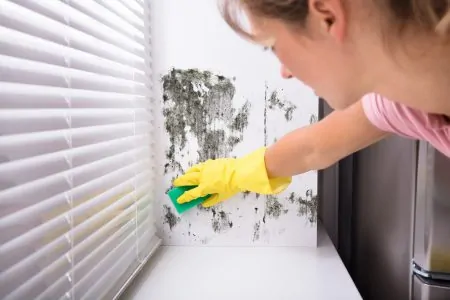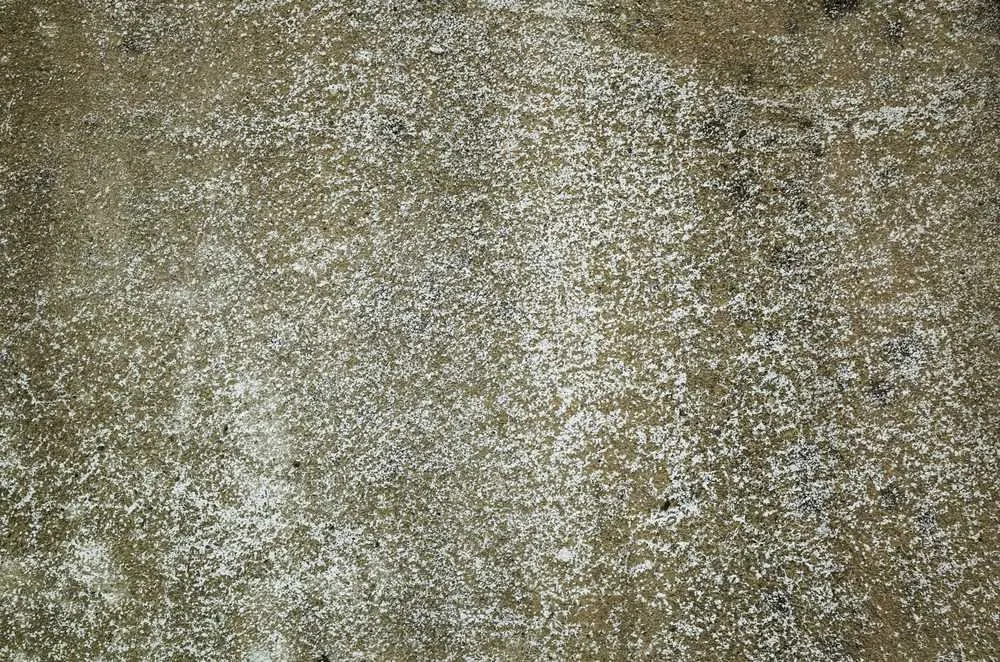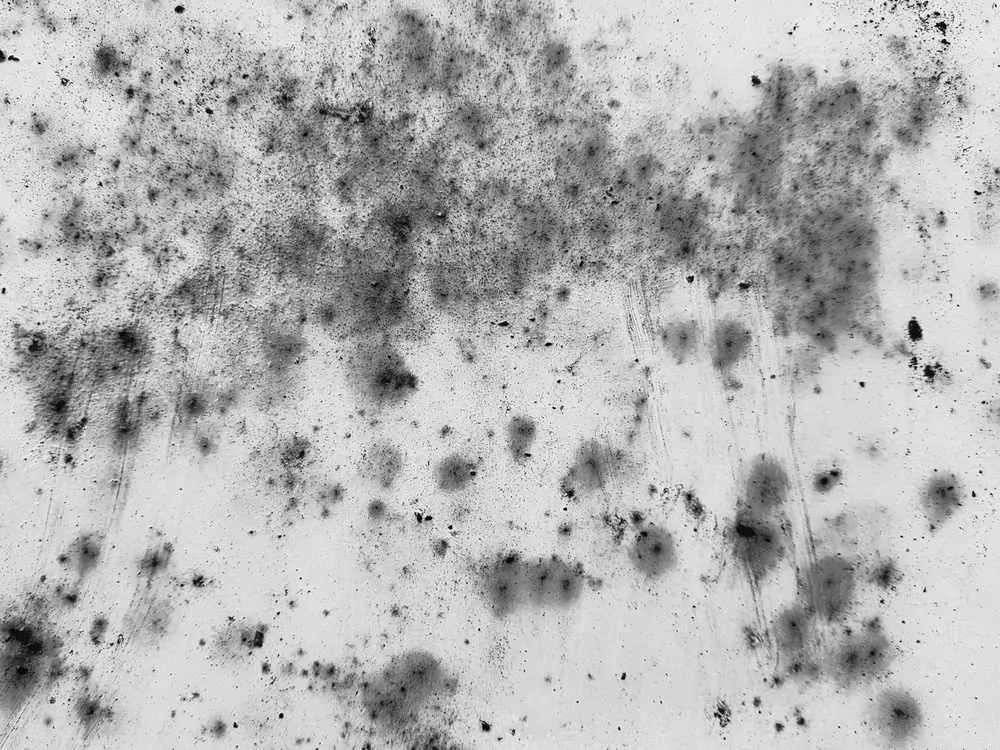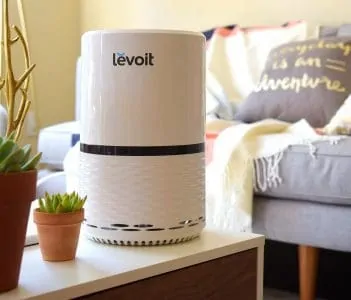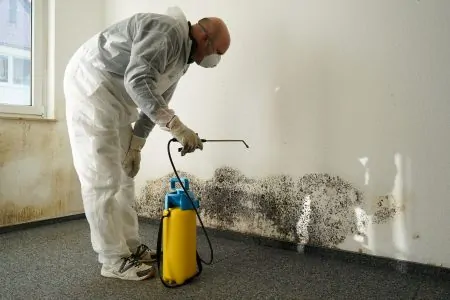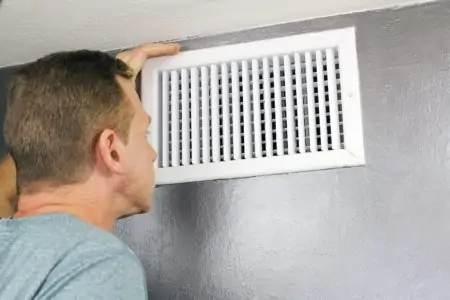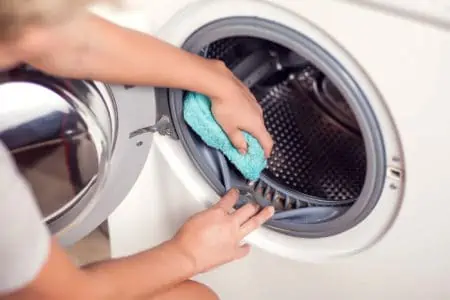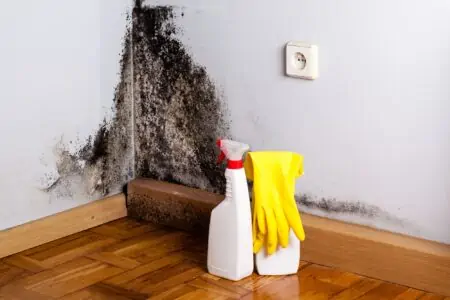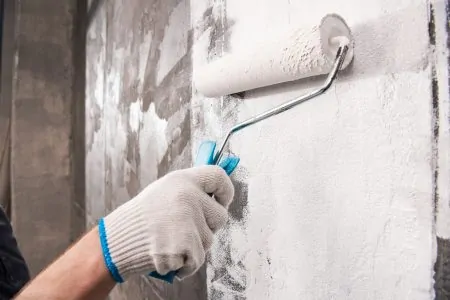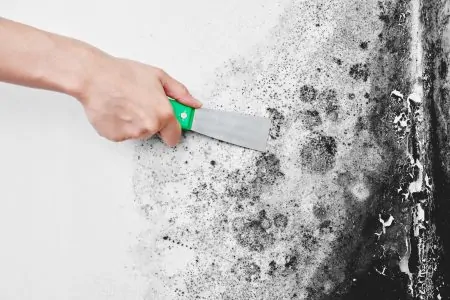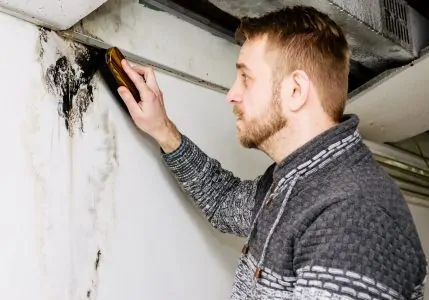Mold on the walls of your property is an extremely frustrating and potentially dangerous problem. It requires action as soon as you notice it.
Not only does it smell stale and look unsightly, but it can also cause health problems and damage to your home.
If you’re ready to eradicate it, we can help. We’ll walk you through how to identify the mold and how to get rid of it once and for all.
Key Takeaways
- Mold and mildew are fungi that thrive in humid conditions, causing damage to homes and potential health issues.
- Signs of mold on walls include a musty smell, cracked and peeling paint, visible growth, and worsened allergy symptoms.
- Common household products like borax, vinegar, baking soda, tea tree oil, bleach, and hydrogen peroxide can be used to remove mold.
- Prevent mold growth by controlling moisture and ensuring good ventilation in your home.
Is It Mold Or Mildew?
Mold and mildew are fungi that thrive in humid conditions with poor ventilation. The most common causes of mold and mildew on walls are condensation, humidity, and water leaks.
Mildew is gray or white with a powdery texture. You can find it lying on flat surfaces in moist areas. As mildew is a surface mold, it won’t damage your property’s structure (1).
Mold is a fungus that spreads from airborne spores. It is usually black, yellow, or green and has a fuzzy or slimy texture. Mold can cause structural issues in your home, as well as health issues.
Signs of Mold on Walls
Mold can grow anywhere along an interior wall. But you’re likely to see it near the ceiling or floor or along the edges of the baseboard trim. It’s most common in bathrooms, although it can also affect kitchens, laundry rooms, basements, and other poorly ventilated rooms.
Obvious signs that you have a mold problem in your home include:
- A musty or damp smell.
- Cracked and peeling paint.
- Visible mold growth on your walls or ceiling.
- Allergy symptoms worsened by being indoors.
If you don’t remove the mold immediately, it will spread. It can become potentially dangerous to your property and your health.
Studies have shown that mold exposure can cause allergic reactions and poor health. You may experience a runny nose, irritated eyes, and breathing difficulties (2). Therefore, it’s essential to take action as soon as you notice any signs of mold.
How to Get Rid of Mold On Walls
As long as it only covers a small area, mold on walls is generally easy to eliminate by yourself. You can use various household products. Popular, effective options include borax, vinegar, baking soda, tea tree oil, bleach, and hydrogen peroxide.
However, if you have severe and widespread mold growth on your walls, it’s potentially hazardous to remove it yourself. We advise that you contact a mold removal professional to get rid of mold in your home safely and effectively.
Keep In Mind
- Time: 45 minutes.
- Difficulty: Intermediate.
1. Identify the Cause of the Mold
This is the first and most important step in removing mold on walls. You must identify the cause and address the issue to ensure mold does not return.
This means repairing any sources of water damage (such as leaks) which have caused the mold and controlling moisture in your property.
2. Prepare Your Room and Clean the Walls
We recommend that before you clean or treat the wall with any product, you wear protective gear. Safety glasses, rubber gloves, and a mask will protect you from exposure to the mold. You should also ensure you open windows and doors while removing the mold.
Once you’re ready to start removing the mold from the walls, clear the area. Remove any furniture, fabrics, and electrical equipment from the affected area. Cover the floor with plastic sheets for protection.
Use a damp sponge with dishwashing liquid and clean the affected area to remove any dirt.
3. Remove the Mold
If you notice small mold patches on painted interior walls, it’s likely to be on the surface. This should be relatively straightforward to remove using household products. Options include substances such as borax, white vinegar, baking soda, or tea tree oil.
Do the mold patches only cover a limited area of a non-porous (painted or sealed) wall? Then we recommend that you try using a natural mold remover first.
But what if you’re dealing with a large area of mold growth? Or perhaps, the natural mold removers do not get rid of the mold sufficiently? In this case, you might want to use a more robust chemical cleaner. You can purchase this online or from a home improvement store.
On porous walls made of materials such as cement, concrete, or stone, the mold does not only grow on the surface. It also tends to spread inside too.
So if you have a mold issue on a porous (unsealed) wall, the most effective solution is a combination of hydrogen peroxide and distilled white vinegar.
Borax
Mix one cup of borax with one gallon of hot water in a container. Put the lid on, and shake well to dissolve the borax. Pour the solution into a spray bottle and apply to the affected area.
Scrub the mold off the wall with a brush and wipe it clean. Allow it to dry. It’s not necessary to rinse off the solution. The borax will help to prevent the mold from returning, providing you have fixed the source of the mold issue.
Vinegar and Baking Soda
Vinegar is a safe and very effective way to kill and prevent mold on all types of walls, porous or not. Studies have shown that white vinegar kills 82 percent of mold spores. It reportedly penetrates porous materials and kills the mold at the roots (4).
Pour some white distilled vinegar into a spray bottle without diluting it. Spray the vinegar onto the wall and leave it for an hour. Then, wipe the area clean with a sponge and warm water.
After cleaning the wall with vinegar, it may be necessary to scrub the mold. For this, we recommend that you make a baking soda solution.
Baking soda is a natural disinfectant that you can use to kill mold. Plus, it also deodorizes and helps to remove the musty, damp smell caused by mold. Finally, it absorbs moisture, which is effective at keeping mold away.
To make a baking soda solution, mix one teaspoon of baking soda and two cups of water into a spray bottle and shake well. Spray the affected area with the solution and use a scouring pad or scrubbing brush to remove the mold.
Next, rinse the area with warm water to remove any residual mold from the surface. Finally, spray the vinegar or baking soda solution onto the wall again to ensure all the mold is killed.
Tea Tree Oil
Tea tree essential oil has antifungal and antibacterial properties making it a highly effective treatment for getting rid of mold (5). Start by adding one teaspoon of tea tree oil and two cups of water to a spray bottle. Spray the solution onto the affected area and use a clean cloth to wipe the mold away.
You don’t need to rinse, as leaving the tea tree oil on the surface will kill the mold and prevent it from returning. This method is recommended for removing mold and mildew on painted and wallpapered walls.
Grapefruit Seed Extract
Grapefruit seed extract is another very effective natural mold killer. The citric acid from the grapefruit attacks mold and kills it naturally. It also acts as a disinfectant and deodorizer.
Create a solution in a spray bottle using a ratio of 10 drops of grapefruit seed extract to one cup of water. Shake the bottle to mix the solution thoroughly and spray it onto the affected area. After a few minutes, use a clean cloth to wipe away the mold and solution.
Leaving the grapefruit seed extract in contact with the mold longer will kill it and ensure that mold growth does not reoccur. You may want to repeat this process every two to three days to prevent it from growing back.
Bleach
Bleach is effective at killing mold on non-porous walls. It will not penetrate and kill roots on porous surfaces. But before you begin cleaning, make sure to test some of the bleach solutions on an inconspicuous part of the wall. This ensures that it will not damage the finish.
You’ll need to mix one part bleach with three parts of water and apply the solution to the wall. Leave it for 10 minutes, then scrub the mold with a brush. Rinse with clean water and dry the area with a clean cloth.
Warning
Hydrogen Peroxide and Vinegar
Hydrogen peroxide is anti-fungal, antiviral, and antibacterial — excellent for killing mold (7). When combined with distilled white vinegar, hydrogen peroxide will make the solution stronger and safe to kill molds. Unlike bleach, it doesn’t produce toxic fumes or leaves behind toxic residue.
Moreover, its effervescent properties make it more effective than bleach at killing mold on porous surfaces. You can use hydrogen peroxide on porous and non-porous walls.
Pour undiluted three percent concentration hydrogen peroxide into a spray bottle and spray the affected area. Leave on the surface for 10 to 15 minutes, then scrub the walls with a brush to remove the mold.
Types of Wall
The best mold removal technique may differ slightly depending on the type of wall you have:
- Drywall: Mold loves to grow on the drywall as it’s porous, and what you can see is only the top layer. Avoid using bleach — you can try a vinegar solution. If the mold returns, it’s embedded too deep, and the only solution is to replace the drywall. Luckily, mold-resistant drywall is now available.
- Concrete: Brick or concrete is porous. So the best solutions are vinegar or hydrogen peroxide as they will kill the mold at the roots. Use a brush to scrub and ensure you’re reaching all the molds.
- Cinder Blocks: For cinder block walls, you need to clean the wall first. Then apply your chosen solution and scrub with a brush. Wipe away any mold residue, apply some more solution, and allow it to sit for up to 20 minutes. Finally, ensure you’ve dried the wall completely to prevent mold from returning.
- Wallpaper: The best solutions for mold on the wallpaper are tea tree oil, grapefruit seed extract, or vinegar. Dip a sponge in the solution to avoid damaging the wallpaper and wring it out. Don’t forget to test in an inconspicuous area first! Then gently rub in circles to remove the mold without soaking the wallpaper.
Tips for Preventing Mold on Walls
The most effective way to prevent mold and mildew from growing on your walls is to control moisture in your property. You can minimize the humidity within your home by using a dehumidifier and ensuring all rooms are well ventilated.
Condensation can also cause mold in your home. However, you can help to prevent it by insulating roofs, windows, exterior walls, and pipes.
Bathrooms and kitchens are particularly prone to mold and mildew. Ensure that these rooms are cleaned regularly to prevent spores from growing.
Hiring a Mold Removal Expert
The EPA advises that if you have significant mold on the walls of your home, you should hire an expert to remove it. However, they state that you must ensure the contractor is certified, insured, and trained specifically in mold remediation.
Mold removal professionals will follow a remediation procedure. Typically, they’ll start by identifying the mold by collecting samples and testing it. They will then assess the extent of your issue and create a plan to remove mold from your property completely.
Next, they’ll begin the mold removal process. Finally, they will carry out tests and issue a clearance report.
FAQs
Clean Walls, Clean Home
If you notice signs of mold growth on the walls of your home, you’ll need to take action before it spreads. It can potentially cause health and structural problems to your property.
The most important thing to do is fix the problem’s source to prevent mold growth. Then, depending on the size of the affected area, you can either clean the mold yourself or hire a professional.
Removing small patches of mold yourself is relatively easy. You can use readily available products such as borax, vinegar, baking soda, tea tree oil, bleach, and hydrogen peroxide. But, if mold covers a substantial area of a wall, you should seek expert help immediately.
